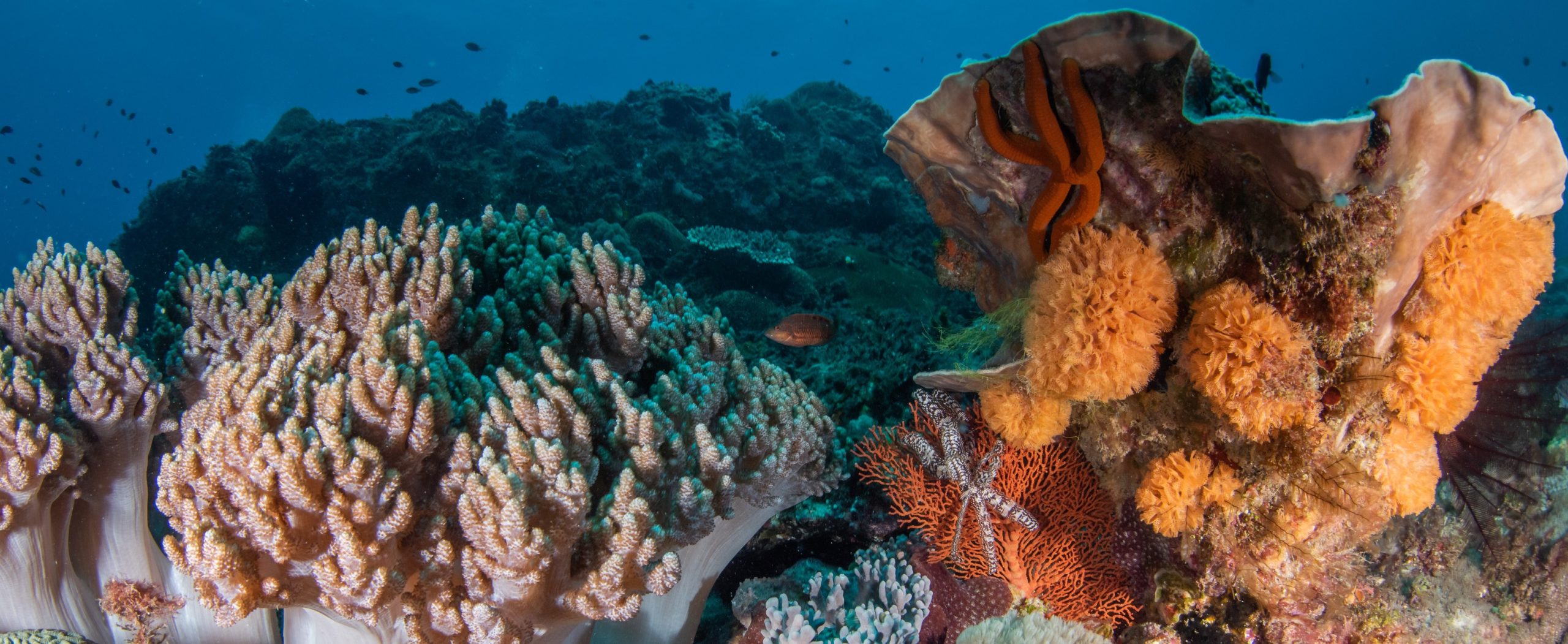Primary productivity of marine ecosystems is largely driven by broad gradients in environmental and ecological properties. By contrast, secondary productivity tends to be more variable, influenced by bottom-up (resource-driven) and top-down (predatory) processes, other environmental drivers, and mediation by the physical structure of habitats. Here, we use a continental-scale dataset on small mobile invertebrates (epifauna), common on surfaces in all marine ecosystems, to test influences of potential drivers of temperature-standardized secondary production across a large biogeographic range. We found epifaunal production to be remarkably consistent along a temperate to tropical Australian latitudinal gradient of 28.6°, spanning kelp forests to coral reefs (approx. 3500 km). Using a model selection procedure, epifaunal production was primarily related to biogenic habitat group, which explained up to 45% of total variability. Production was otherwise invariant to predictors capturing primary productivity, the local biomass of fishes (proxy for predation pressure), and environmental, geographical, and human impacts. Highly predictable levels of epifaunal productivity associated with distinct habitat groups across continental scales should allow accurate modelling of the contributions of these ubiquitous invertebrates to coastal food webs, thus improving understanding of likely changes to food web structure with ocean warming and other anthropogenic impacts on marine ecosystems.
